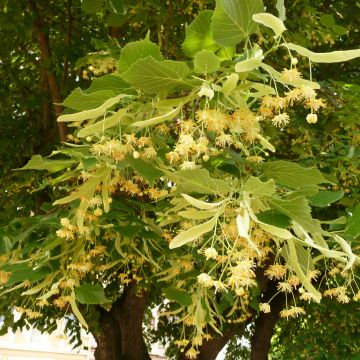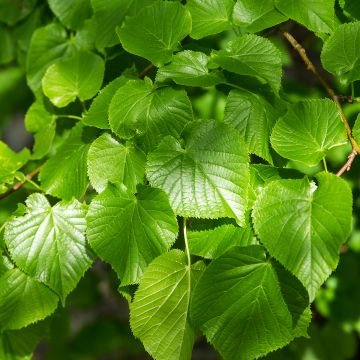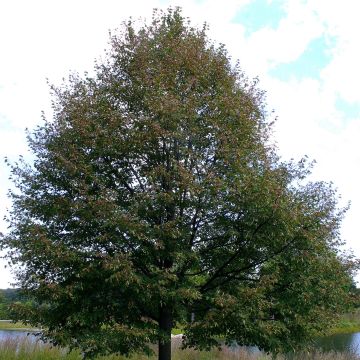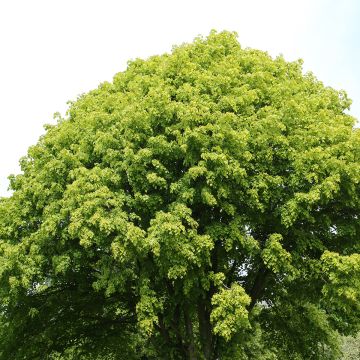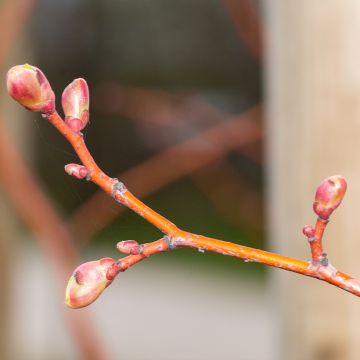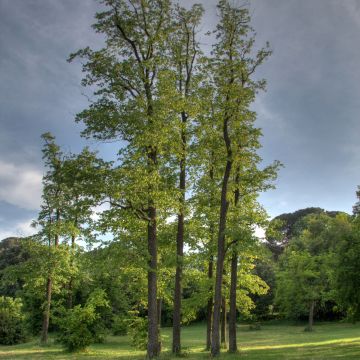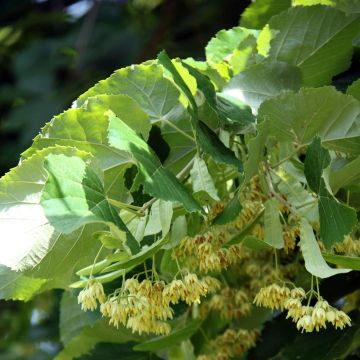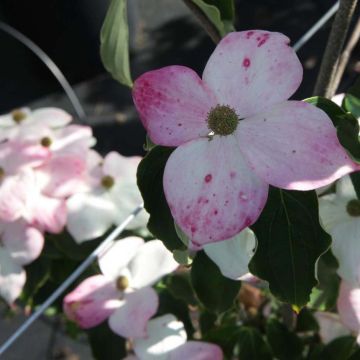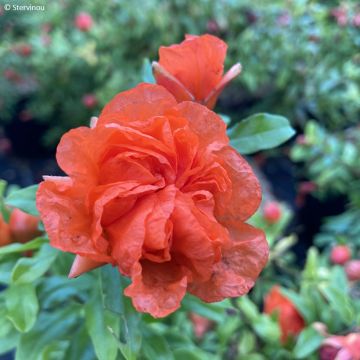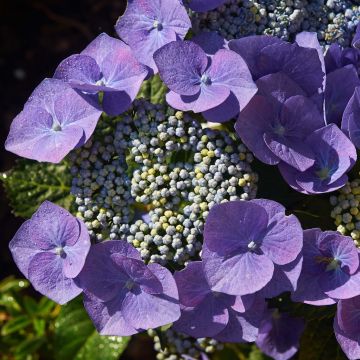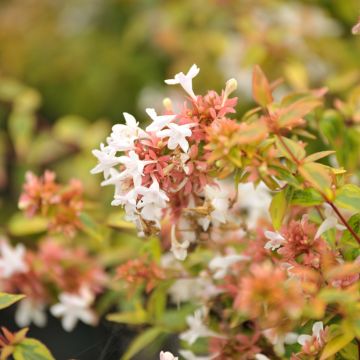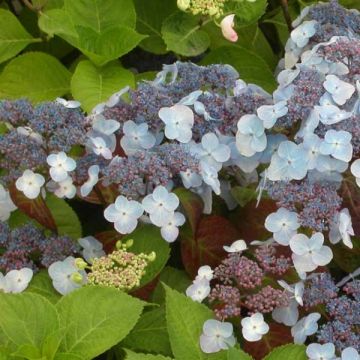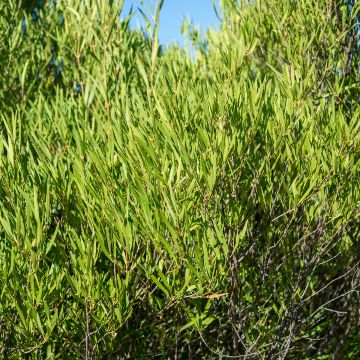Shipping country and language
Your country of residence may be:
Your country of residence is:
For a better user experience on our website, you can select:
Your shipping country:
-
Andorra
-
Austria
-
Belgium
-
Bulgaria
-
Canada
-
Chile
-
Croatia
-
Cyprus
-
Czechia
-
Denmark
-
Estonia
-
Finland
-
France
-
Germany
-
Greece
-
Hungary
-
Iceland
-
Ireland
-
Italy
-
Latvia
-
Lithuania
-
Luxembourg
-
Malta
-
Monaco
-
Netherlands
-
Poland
-
Portugal
-
Romania
-
Slovakia
-
Slovenia
-
Spain
-
Sweden
-
Switzerland
-
United Kingdom
We only deliver seed and bulb products to your country. If you add other products to your basket, they cannot be shipped.
Language:
-
French
-
German
-
Spanish
-
English
-
Italian
My Account
Hello
My wish lists
Log in / Register
Existing customer?
New customer?
Create an account to track your orders, access our customer service and, if you wish, make the most of our upcoming offers.
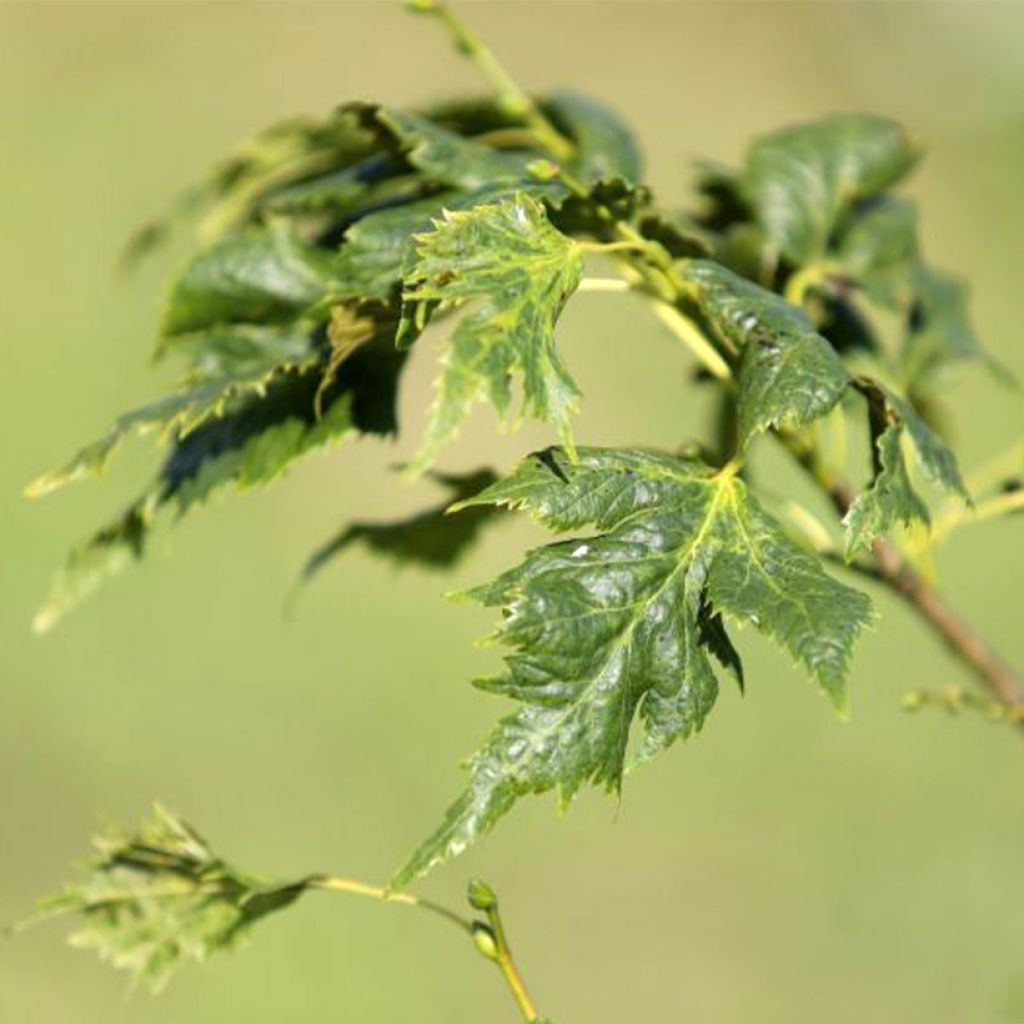

Tilia Henryk Eder - Lime
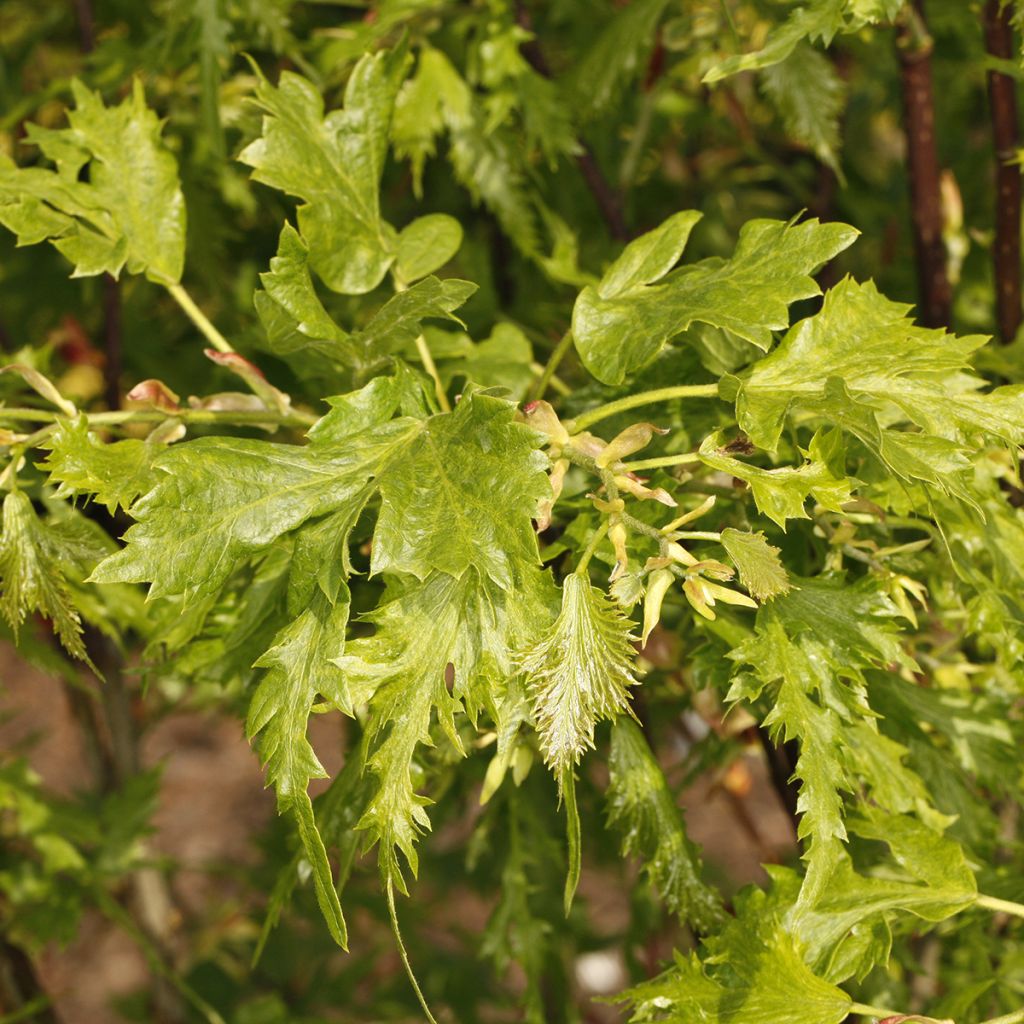

Tilia Henryk Eder - Lime
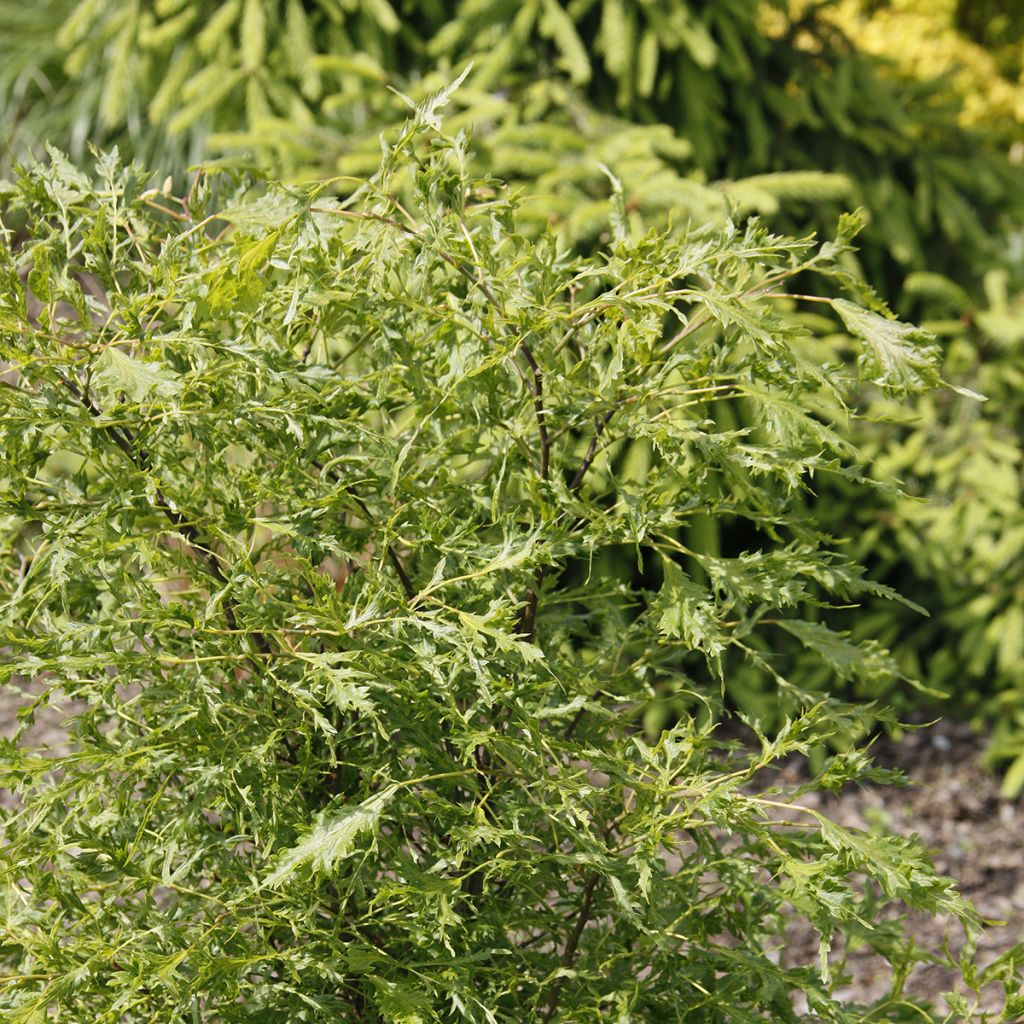

Tilia Henryk Eder - Lime
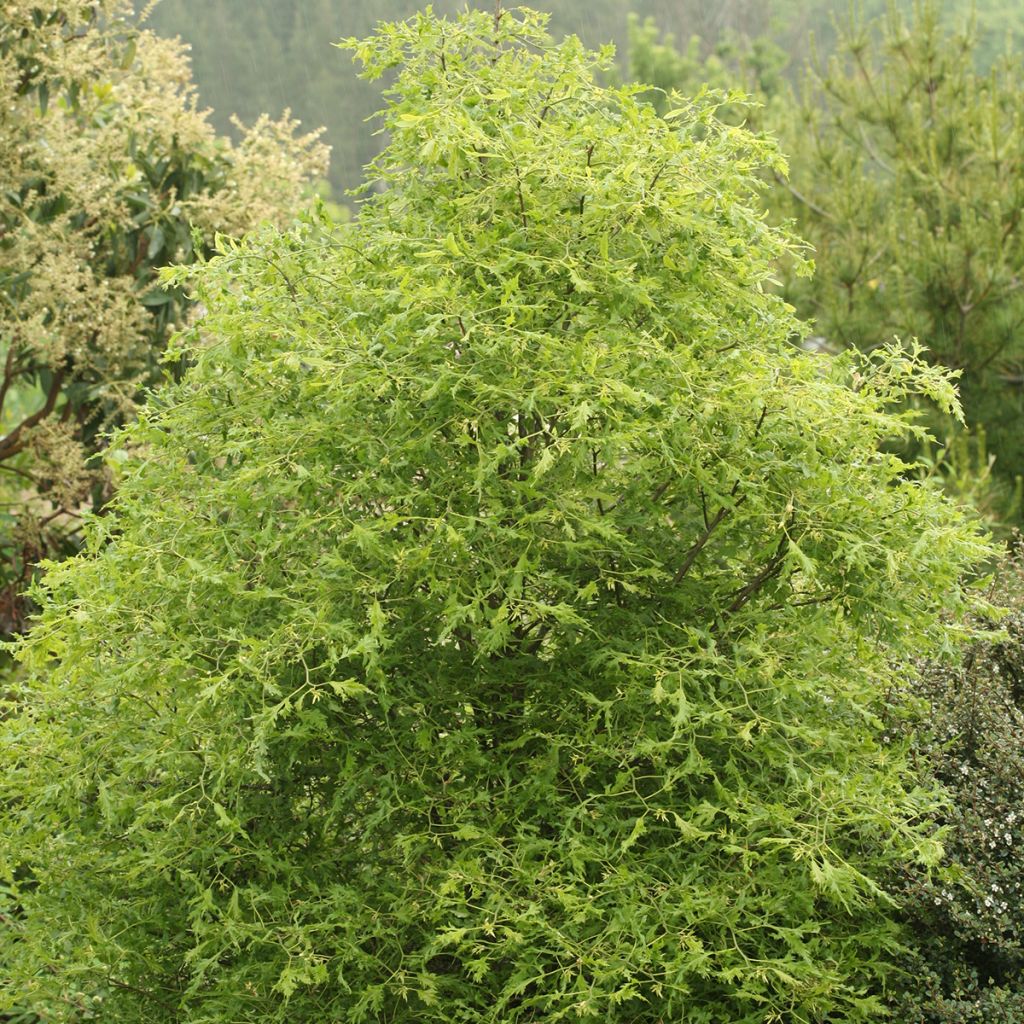

Tilia Henryk Eder - Lime
Tilia Henryk Eder - Lime
Tilia platyphyllos x euchlora Henryk Eder
Lime
Why not try an alternative variety in stock?
View all →Order in the next for dispatch today!
Dispatch by letter from €3.90.
Delivery charge from €5.90 Oversize package delivery charge from €6.90.
More information
This item is not available in your country.
Schedule delivery date,
and select date in basket
This plant carries a 24 months recovery warranty
More information
We guarantee the quality of our plants for a full growing cycle, and will replace at our expense any plant that fails to recover under normal climatic and planting conditions.
From €5.90 for pickup delivery and €6.90 for home delivery
Express home delivery from €8.90.
Does this plant fit my garden?
Set up your Plantfit profile →
Description
The Tilia platyphyllos x euchlora 'Henryk Eder' is a hybrid originating from Poland, where it was selected for its rather fantastic ornamental qualities. It forms a compact bush rather than a tall tree, reaching a maximum height of less than 3m (10ft). Its delicate foliage is deeply incised, giving the plant a unique visual aspect. The vegetation, a medium green, turns chartreuse green in autumn, enhancing the ornamental appeal of this extraordinary Lime tree. Slow-growing and cold-resistant, it thrives in ordinary soil that remains moist.
In our climate, Lime trees are the best-known genus of the Tiliaceae family, from which it gets its name. As botanical classification constantly evolves, this plant family is now integrated into the Malvaceae family, alongside Hibiscus, Mallow, and other Lavateras.
The Crimean Lime, also known as Tilia x euchlora, is a hybrid of German origin resulting from the cross-breeding of T. cordata and T. dasystyla around 1860. It is a slow-growing tree that can grow up to 35m in height and 22m in width under favourable conditions. This tree is not found in the wild, only in cultivation, where it typically grows to a height of 15 to 20m and a width of 12 to 14m.
'Henryk Eder' is a Polish variety resulting from the cross-breeding of these two species and was named in honour of one of the directors of the Rogów Arboretum in central Poland. Under his direction, from 1951 to 1966, the arboretum, initially covering an area of 61 hectares, was modernised and equipped with a propagation greenhouse, which helped enrich the plant collections.
It's incredible how genetics works, as the progeny of two large trees can turn into a bush. The Tilia platyphyllos x euchlora 'Henryk Eder' is a small and bushy plant that bears no resemblance to its parents. It grows slowly, at a rate of around twenty centimetres per year. After approximately 20 years of cultivation, this dwarf Lime tree reaches a height of about 1.80m (6ft) and a width of 1.20m. At full maturity, it usually does not exceed 3m (10ft) in height. It is, therefore, a rarity for a very patient enthusiast!
Initially columnar, gradually spreading, it has well-branched vegetation and does not form a distinct trunk. The rather slender branches are green at first and progressively turn grey-brown as they harden. The leaves are deeply incised into lobes, themselves further divided, resembling more those of the Alnus glutinosa Imperialis than the traditional heart-shaped leaves of our traditional avenue Lime tree. The lobes themselves, being sub-lobed, tend to curl, further confusing the identification of this plant!
This plant is a unique botanical wonder with a beautiful appearance, which enthusiasts of unusual plants in botanical gardens adore. The plant has delicate, airy foliage that gradually changes colour from green to yellow, ending in a yellow-to-chartreuse green hue in the fall. This marks the end of the growing season and is a sight to behold.
The plant is easy to grow in most ordinary soils but does not tolerate extremes such as too much chalky or acidic soil or soil that is too dry or wet. It thrives in both full sun and partial shade and can withstand temperatures as low as -25°C (1°F).
The Tilia platyphyllos x euchlora 'Henryk Eder' will mainly interest enthusiasts of curiosities who are willing to wait long enough to achieve a real visual effect. Connoisseurs can create contrasts of shapes and colours by planting nearby plants such as the Broussonetia papyrifera Golden Shadow. This unusual Paper Mulberry tree adorns itself with curious large leaves of a golden yellow in spring. The Acer conspicuum Red Flamingo is another rare and highly sought-after small tree. The Maple combines the appeal of beautifully cut and multicoloured foliage, mixing shades of green, creamy white, and salmon pink with stunning coral-red branches and magnificent "snakeskin" bark. For a striking and unique display, add a Clerodendrum trichotomum; its large leaves will contrast nicely with the laciniate leaves of the Lime tree and provide a beautiful backdrop for its fragrant white flowers. Your visitors will be amazed by the dark blue pearl fruit within a red star. Its unique appearance is sure to impress.
Report an error about the product description
Tilia Henryk Eder - Lime in pictures




Plant habit
Foliage
Botanical data
Tilia
platyphyllos x euchlora
Henryk Eder
Tiliaceae
Lime
Cultivar or hybrid
Other Tilia - Linden
Planting and care
The Henryk Eder Dwarf Lime Tree grows best when planted in autumn or spring. It can handle cold weather and moderate wind but not salt spray. The tree prefers a sunny or partially shaded area. It can adapt to most soils, though it prefers deep, fertile, and moist soil that is not overly poor. It can withstand clay, but it shouldn't be planted in excessively wet or dry soil.
Before planting, soak the root ball of the tree in a bucket of water for 15 minutes to make sure it's properly hydrated. When planting, mix planting compost with the existing soil in the hole, position the root ball level with the ground, backfill around it, and water it thoroughly. During the first two years, it's essential to water the tree regularly to help it establish itself. After that, the tree should be able to take care of itself.
The tree grows very slowly, so it's best to avoid pruning it, even if its shape is slightly unbalanced. Its unique shape is a characteristic of the tree.
Planting period
Intended location
Care
This item has not been reviewed yet - be the first to leave a review about it.
Summer-flowering shrubs
Haven't found what you were looking for?
Hardiness is the lowest winter temperature a plant can endure without suffering serious damage or even dying. However, hardiness is affected by location (a sheltered area, such as a patio), protection (winter cover) and soil type (hardiness is improved by well-drained soil).

Photo Sharing Terms & Conditions
In order to encourage gardeners to interact and share their experiences, Promesse de fleurs offers various media enabling content to be uploaded onto its Site - in particular via the ‘Photo sharing’ module.
The User agrees to refrain from:
- Posting any content that is illegal, prejudicial, insulting, racist, inciteful to hatred, revisionist, contrary to public decency, that infringes on privacy or on the privacy rights of third parties, in particular the publicity rights of persons and goods, intellectual property rights, or the right to privacy.
- Submitting content on behalf of a third party;
- Impersonate the identity of a third party and/or publish any personal information about a third party;
In general, the User undertakes to refrain from any unethical behaviour.
All Content (in particular text, comments, files, images, photos, videos, creative works, etc.), which may be subject to property or intellectual property rights, image or other private rights, shall remain the property of the User, subject to the limited rights granted by the terms of the licence granted by Promesse de fleurs as stated below. Users are at liberty to publish or not to publish such Content on the Site, notably via the ‘Photo Sharing’ facility, and accept that this Content shall be made public and freely accessible, notably on the Internet.
Users further acknowledge, undertake to have ,and guarantee that they hold all necessary rights and permissions to publish such material on the Site, in particular with regard to the legislation in force pertaining to any privacy, property, intellectual property, image, or contractual rights, or rights of any other nature. By publishing such Content on the Site, Users acknowledge accepting full liability as publishers of the Content within the meaning of the law, and grant Promesse de fleurs, free of charge, an inclusive, worldwide licence for the said Content for the entire duration of its publication, including all reproduction, representation, up/downloading, displaying, performing, transmission, and storage rights.
Users also grant permission for their name to be linked to the Content and accept that this link may not always be made available.
By engaging in posting material, Users consent to their Content becoming automatically accessible on the Internet, in particular on other sites and/or blogs and/or web pages of the Promesse de fleurs site, including in particular social pages and the Promesse de fleurs catalogue.
Users may secure the removal of entrusted content free of charge by issuing a simple request via our contact form.
The flowering period indicated on our website applies to countries and regions located in USDA zone 8 (France, the United Kingdom, Ireland, the Netherlands, etc.)
It will vary according to where you live:
- In zones 9 to 10 (Italy, Spain, Greece, etc.), flowering will occur about 2 to 4 weeks earlier.
- In zones 6 to 7 (Germany, Poland, Slovenia, and lower mountainous regions), flowering will be delayed by 2 to 3 weeks.
- In zone 5 (Central Europe, Scandinavia), blooming will be delayed by 3 to 5 weeks.
In temperate climates, pruning of spring-flowering shrubs (forsythia, spireas, etc.) should be done just after flowering.
Pruning of summer-flowering shrubs (Indian Lilac, Perovskia, etc.) can be done in winter or spring.
In cold regions as well as with frost-sensitive plants, avoid pruning too early when severe frosts may still occur.
The planting period indicated on our website applies to countries and regions located in USDA zone 8 (France, United Kingdom, Ireland, Netherlands).
It will vary according to where you live:
- In Mediterranean zones (Marseille, Madrid, Milan, etc.), autumn and winter are the best planting periods.
- In continental zones (Strasbourg, Munich, Vienna, etc.), delay planting by 2 to 3 weeks in spring and bring it forward by 2 to 4 weeks in autumn.
- In mountainous regions (the Alps, Pyrenees, Carpathians, etc.), it is best to plant in late spring (May-June) or late summer (August-September).
The harvesting period indicated on our website applies to countries and regions in USDA zone 8 (France, England, Ireland, the Netherlands).
In colder areas (Scandinavia, Poland, Austria...) fruit and vegetable harvests are likely to be delayed by 3-4 weeks.
In warmer areas (Italy, Spain, Greece, etc.), harvesting will probably take place earlier, depending on weather conditions.
The sowing periods indicated on our website apply to countries and regions within USDA Zone 8 (France, UK, Ireland, Netherlands).
In colder areas (Scandinavia, Poland, Austria...), delay any outdoor sowing by 3-4 weeks, or sow under glass.
In warmer climes (Italy, Spain, Greece, etc.), bring outdoor sowing forward by a few weeks.

